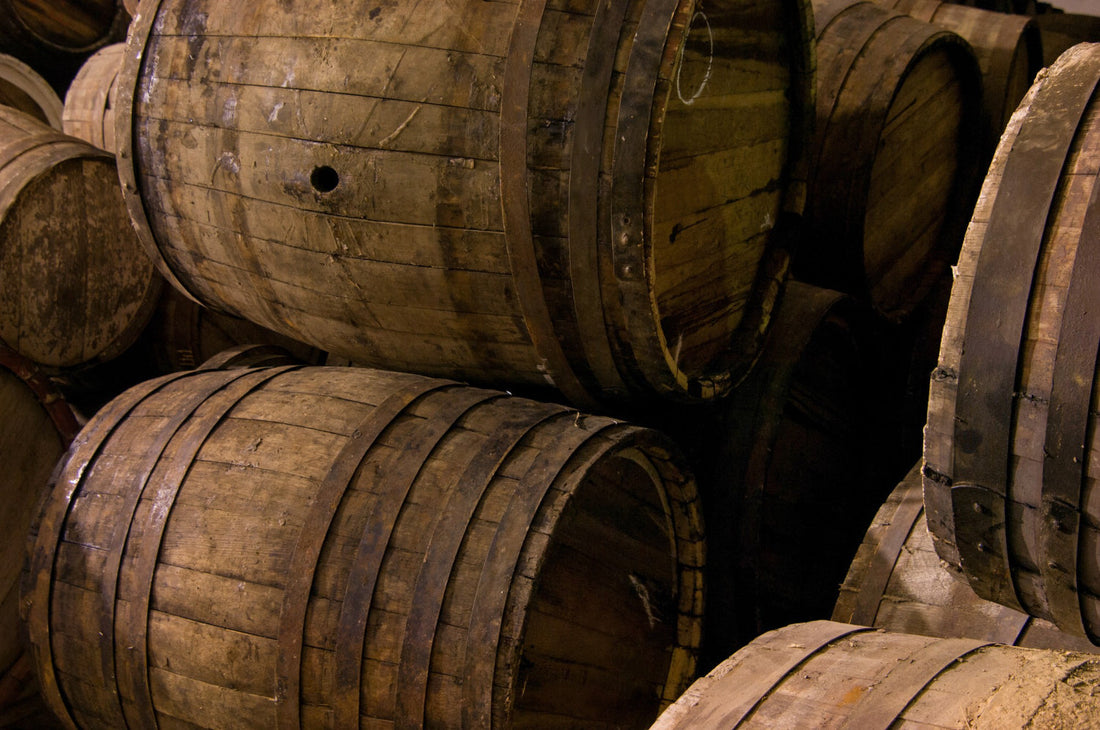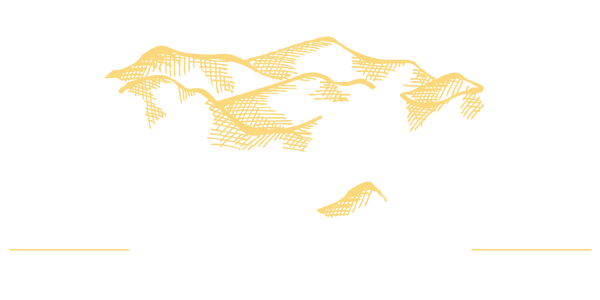
What’s the Difference Between Maturation and Aging?
Two words, one barrel—but different stories.
In whisky culture, aging and maturation are often used interchangeably. But while they’re closely related, they aren’t quite the same. Understanding the difference adds depth to how we talk about and appreciate great whisky.
Aging refers to the simple passage of time. A whisky that’s been in a barrel for five years is five years old—period. But maturation is about transformation. It’s the process of how a spirit changes while aging—how it interacts with the oak, the air, the warehouse climate, and even the specific barrel characteristics.
At Blue Ridge Distilling Co., we focus intensely on maturation. Our distillery sits atop a natural limestone aquifer in the Blue Ridge Mountains—an environment with seasonal temperature shifts that coax out flavors in unique ways. As the whisky expands and contracts within the wood, it pulls out vanillins, tannins, and toasty caramel notes, layering complexity into each batch.
We don’t rush maturation, and we don’t manipulate it artificially. Instead, we select barrels carefully—many of them custom-charred—and allow the whisky to evolve at its own pace. Because of our small-batch approach and local sourcing, we get depth and maturity that can rival much older whiskies.
So while the age statement on a bottle is important, it doesn’t tell the full story. A younger whisky that’s been well matured—thanks to thoughtful craftsmanship and an ideal climate—can often outperform an older whisky that simply sat around.
In the end, aging counts the years, but maturation builds the character—and at Blue Ridge, we’re all about character.

